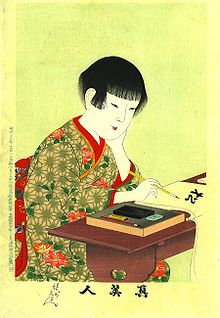writing practice しゅうじ 習字 shūji
writing practice しゅうじ 習字 shūji
writing practice しゅうじ 習字 shūji
writing practice しゅうじ 習字 shūji
writing practice しゅうじ 習字 shūji
writing practice しゅうじ 習字 shūji
writing practice しゅうじ 習字 shūji
writing practice しゅうじ 習字 shūji
writing practice しゅうじ 習字 shūji
writing practice しゅうじ 習字 shūji
writing practice しゅうじ 習字 shūji
writing practice しゅうじ 習字 shūji
writing practice しゅうじ 習字 shūji
writing practice しゅうじ 習字 shūji
writing practice しゅうじ 習字 shūji
writing practice しゅうじ 習字 shūji
writing practice しゅうじ 習字 shūji
writing practice しゅうじ 習字 shūji
writing practice しゅうじ 習字 shūji
writing practice しゅうじ 習字 shūji
writing practice しゅうじ 習字 shūji
たいへんよくできました
taihen yoku dekimashita
very well done





































































